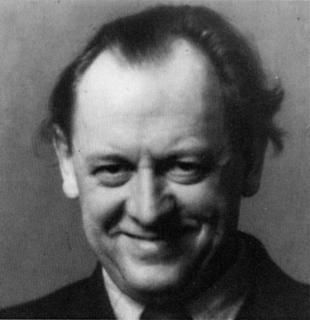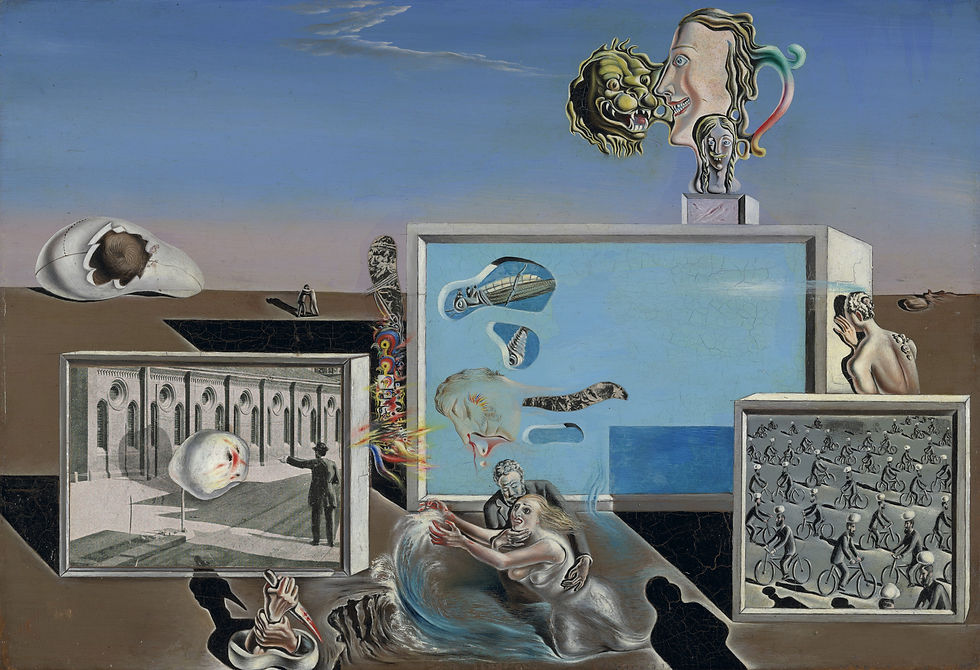Traditional vs. AI Artists – A Comparative Lens
- Shahab Nn
- Jan 10
- 5 min read
Updated: Apr 16
Traditional vs. AI Artists – A Comparative Lens

Art reflects the times and societies in which it is created. Each movement, from Dadaism to surrealism, represents a reaction to cultural, political, or philosophical shifts. Traditional artists, with their brushstrokes and collages, have historically expressed the human condition, often rebelling against norms to challenge perceptions. Movements like Dadaism rejected conventional definitions of art, while surrealism sought to visualize the subconscious.
Interestingly, the methods and philosophies of Dadaism and surrealism resonate with how AI generates art today. Both Dadaism and AI share an approach of "collage" — taking pre-existing elements and recombining them to create something novel. Surrealism, particularly through Salvador Dalí’s work, further connects this thread, transforming the chaotic assemblages of Dadaism into dreamlike, cohesive artworks. Similarly, AI tools scrape and recombine vast amounts of data to produce imaginative outputs that challenge traditional notions of creativity.
This blog explores the defining characteristics of traditional artists and movements, contrasts them with AI’s capabilities, and considers how the role of the artist is being redefined. Finally, it proposes three ways to engage with AI: as defined by traditional art philosophies, as a tool or collaborator, and as a future independent artist.
Traditional Artists and Movements
The evolution of art movements reflects humanity’s cultural and philosophical shifts:
Kurt Schwitters (Dadaism):

Background: Schwitters pioneered the Merz movement, a Dadaist subgenre focused on collages made from found objects. This movement emerged as a response to the chaos of World War I, rejecting traditional aesthetics and embracing absurdity.
Style: His works challenge conventional notions of value and aesthetics by elevating discarded materials. Schwitters redefined art by using everyday objects, highlighting how context can transform perception.

Difficult - Kurt Schwitters 1943 
Das Undbild (The And-Picture) - Kurt Schwitters 1919
Significance: By deconstructing norms, Schwitters illustrated how art could be both accessible and revolutionary, a concept that resonates with the democratization seen in AI-generated art.
Learn More: Wikipedia - Kurt Schwitters
Salvador Dalí (Surrealism):

Background: Dalí was a central figure in surrealism, a movement that emerged in the aftermath of World War I. Surrealism sought to explore the subconscious and challenge rationality, drawing on Freudian psychology. Dalí’s work built upon Dadaist principles, transforming chaotic assemblages into surreal dreamscapes.
Style: Known for hyper-realistic surrealist scenes, such as melting clocks in The Persistence of Memory, Dalí created dreamscapes that blurred the boundaries between reality and imagination. This transformation from disjointed to cohesive parallels how AI tools refine raw data into structured outputs.


Significance: Dalí’s ability to visualize the intangible—dreams, fears, and fantasies—reflects the deeply personal nature of traditional art. His works invite viewers to explore their own subconscious, a level of engagement that AI-generated art mimics through its imaginative capabilities.
Learn More: Wikipedia - Salvador Dalí
AI as a Tool or Collaborator:
In this approach, AI serves as an extension of human creativity, much like a paintbrush or camera. Artists provide the vision, while AI executes or enhances it.
in fact is not just a tool but is increasingly positioned as a co-creator or even an artist in its own right. Similar to Dadaism and surrealism, AI thrives on the idea of combining fragments of existing data to produce something new and often uncanny:
Obvious (GANs):

Background: This French art collective gained fame for Portrait of Edmond de Belamy, created using a Generative Adversarial Network (GAN). The artwork sold for $432,500 at Christie’s, igniting debates about the value and authorship of AI art.
Style: Obvious’ works blend classical and modern aesthetics, showcasing how AI can reinterpret traditional art forms.

Significance: The collective’s success demonstrates AI’s potential to disrupt the art market, forcing a redefinition of authorship and originality.
Learn More: Obvious
Mario Klingemann (AI and Memory):

Background: Klingemann is a pioneer in AI art, using machine learning to create fragmented portraits and abstract works. His art explores themes of identity, memory, and the uncanny.
Style: By training AI on historical art datasets, Klingemann’s works evoke both familiarity and unease, reflecting how machines process human creativity.

Significance: Klingemann’s works highlight the tension between human identity and machine interpretation, a recurring theme in AI art.
Learn More: Mario Klingemann Website
AI as Artist
The rise of AI-generated art challenges and redefines the traditional role of artists. Modern philosophers and AI itself argue that creativity, traditionally tied to human intent and emotion, can be reinterpreted through the lens of process and outcome. Ai-Da, a robotic artist, epitomizes this shift by asserting that her works qualify as art because of their ability to provoke thought and evoke emotions, rather than their origin.

Philosophical Perspectives on AI as an Artist:
Some modern thinkers suggest that art does not require a conscious creator but must achieve two things: provoke an emotional or intellectual response and exist as a unique interpretation of its medium. As philosopher Arthur Danto argued, "Art is defined by the context in which it exists." In this sense, AI-generated art—created within the framework of machine learning and societal fascination—fits this definition.
The philosopher Peter Osborne further expands on this, noting that modern art often transcends the individual artist's intent, functioning instead as a dialogue with its audience. AI art, despite its lack of human authorship, engages in this dialogue by inviting viewers to consider the boundaries of creativity and innovation.
Ai-Da’s Perspective:
Ai-Da herself has argued that her art should be considered creative because it reflects the complexities of her programming and the randomness inherent in AI processes. She describes creativity as "the ability to make something new that has value," and her works demonstrate originality through the unpredictable outputs of her programming.
For example, Ai-Da’s abstract interpretations and sculptural works challenge viewers to confront their preconceptions of art, much like early modern movements like Dadaism and surrealism. By doing so, her art functions as a mirror reflecting humanity’s relationship with technology and creativity.
Implications for Art and Creativity:
If art’s value lies in its ability to resonate with an audience, then AI-produced art fulfills this purpose. Ai-Da’s work, for instance, has been exhibited and sold for significant sums, proving its impact on the art world.
Furthermore, AI as an artist introduces a new kind of creativity that is algorithmically driven but can surpass human constraints, exploring vast data sets and generating ideas beyond human capacity.
Ai-Da and other AI creators compel us to rethink what it means to be an artist. While AI lacks traditional intent, its works stimulate critical thought and emotion, arguably the hallmarks of artistic success. As AI tools and algorithms evolve, they may further redefine the parameters of creativity and artistry in ways humanity has yet to imagine. The rise of AI-generated art challenges the traditional role of artists:
Ai-Da:

Background: Touted as the first ultra-realistic humanoid artist, Ai-Da creates drawings, paintings, and sculptures. One of her works, a portrait of Alan Turing, sold for $1,084,800 at auction.
Style: Ai-Da’s works blend technical precision with abstract creativity, offering a new perspective on what constitutes artistic intent.
Significance: Ai-Da’s creations blur the line between creator and tool, prompting philosophical questions about creativity and consciousness.
Learn More: Ai-Da Website
link link link link link link link link link link link link link link link link link link link link link link link link link link link link link link link link link link link link link link link link link link link link link link link link link link link link link link link link link link link link link link link link link link link link link link link link link link link link link link link link link link link link link link link link link link link link link link link link link link link link link link link link link link link link link link link link link link